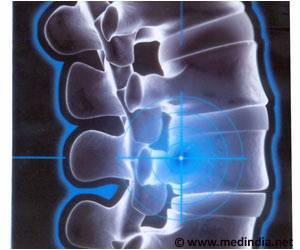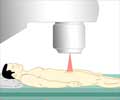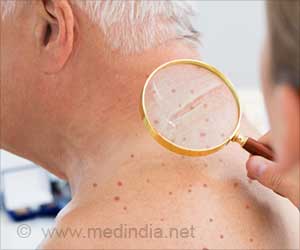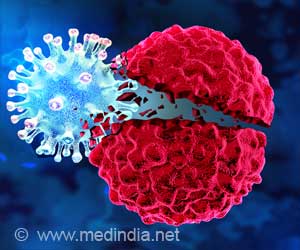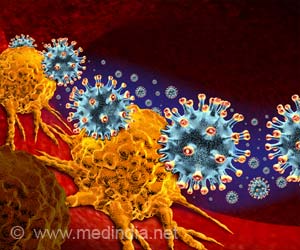A new novel synthetic molecule has been discovered by the associate professor of chemistry at the University of Texas that may prove to be a huge weapon in the fight against prostate cancer
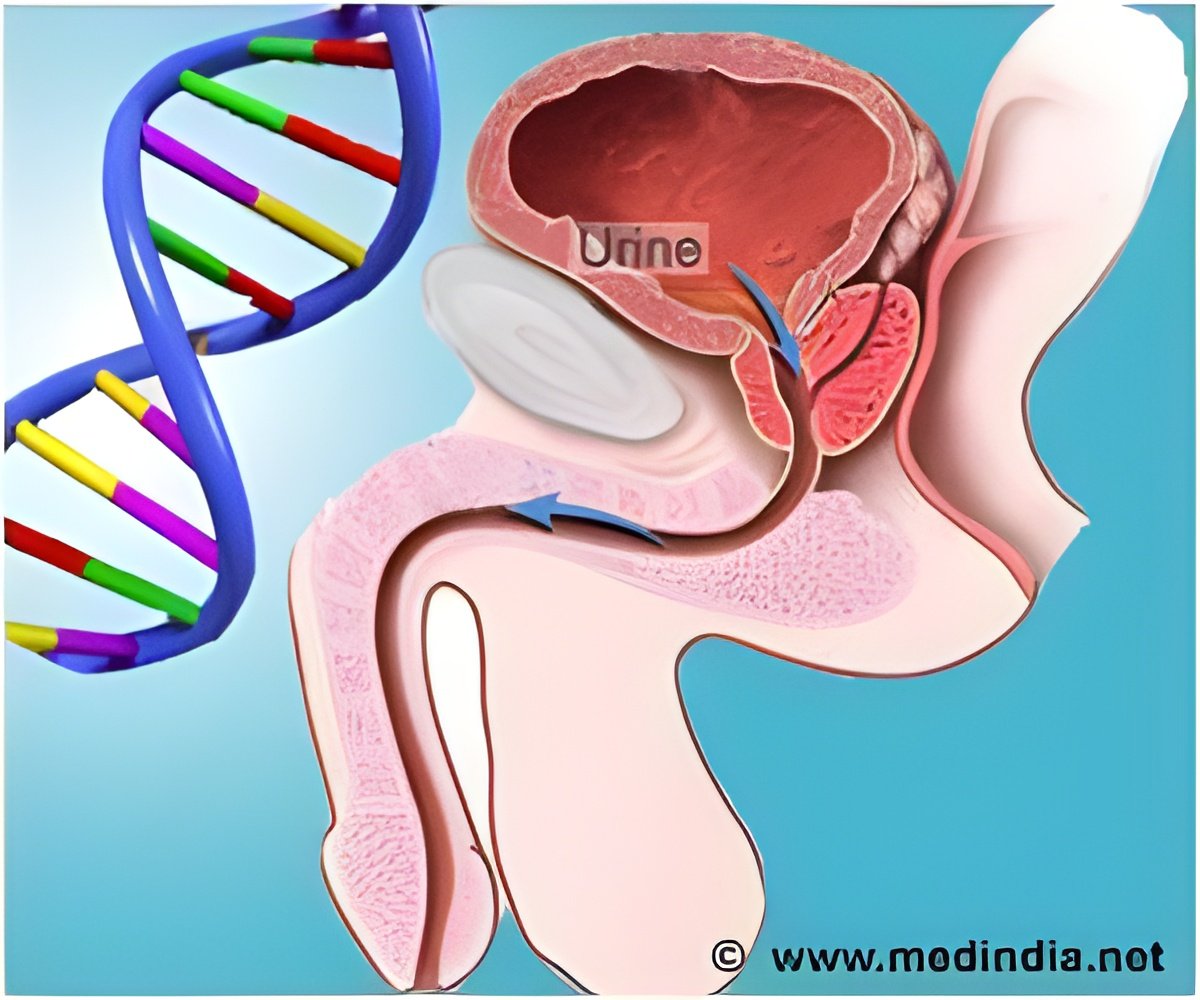
Androgen receptors are found inside cells and have complex surfaces with multiple "docking points" where various proteins can bind to the receptor. Each docking point has a unique shape, so only a correctly shaped molecule will fit.
Androgen hormones, such as testosterone, are the primary molecules that bind to androgen receptors. Such binding sets off a chain of events that activates several different processes in the human body, including stimulating the development and maintenance of male characteristics.
Looking for a new approach to battle prostate cancer, Dr. Jung-Mo Ahn and his colleagues at UT Southwestern Medical Center keyed in on blocking a critical docking point on the androgen receptor.
"When a tumor is trying to grow, activation of this location provides what the tumor needs. There are other surfaces on the androgen receptor that are free to continue working with their respective proteins and to continue functioning. We sought to block only one set of interactions that contribute to prostate cancer growth. That's why we thought our approach might lead to potent efficacy with fewer side effects," Ahn said.
Using computer-assisted molecular modeling, Ahn designed a helix-mimicking small molecule that fits precisely into a pocket on the androgen receptor that is associated with prostate cancer.
Advertisement
"We have shown that our molecule binds very tightly, targeting the androgen receptor with very high affinity," Ahn said.
Advertisement
Ahn plans to continue his research to better understand how the small molecule and related compounds he developed work against cancer on a molecular level. He said much work is left to do before any potential drugs or treatment might be developed, but added "this is an exciting start."
The study was published online in the journal Nature Communications. (ANI)
Source-ANI


